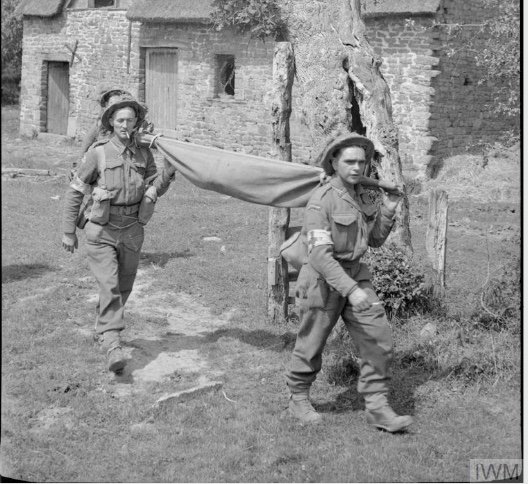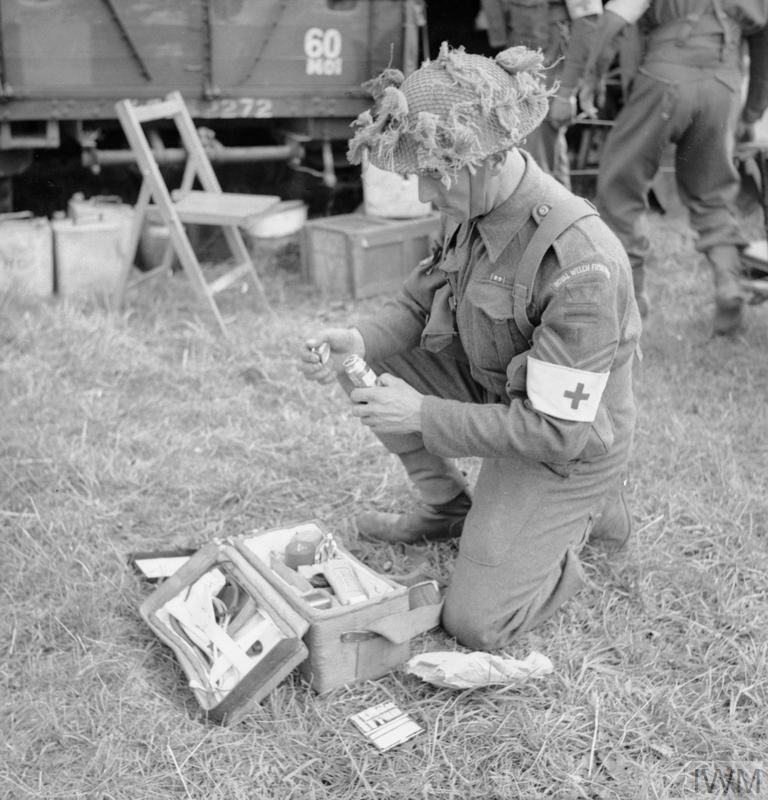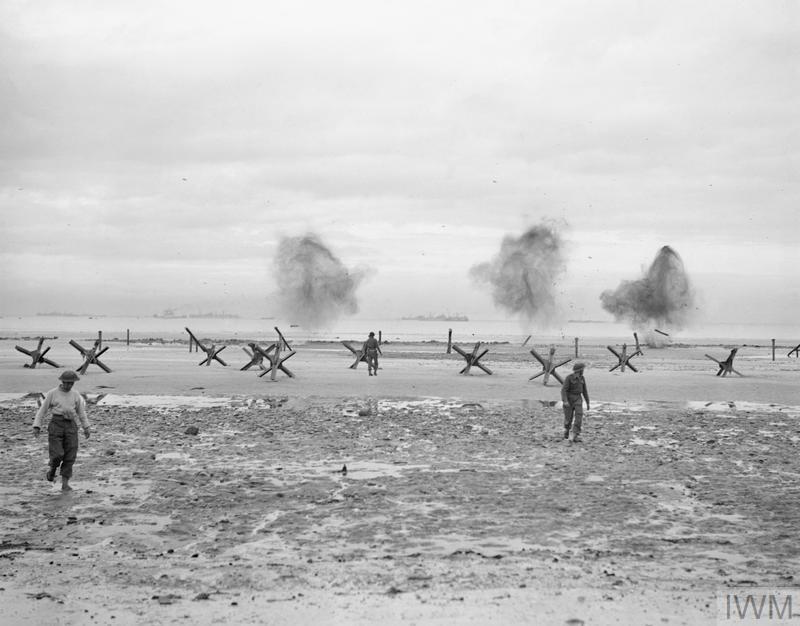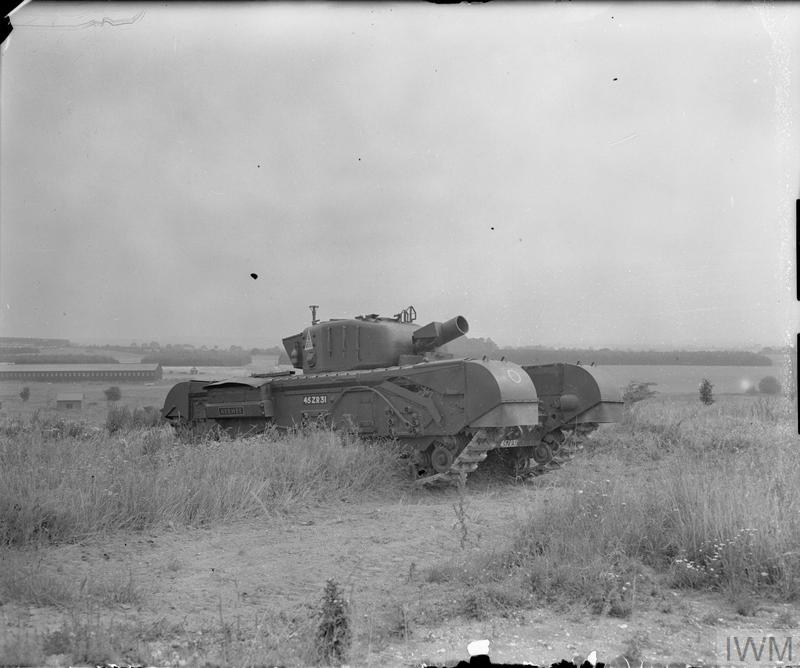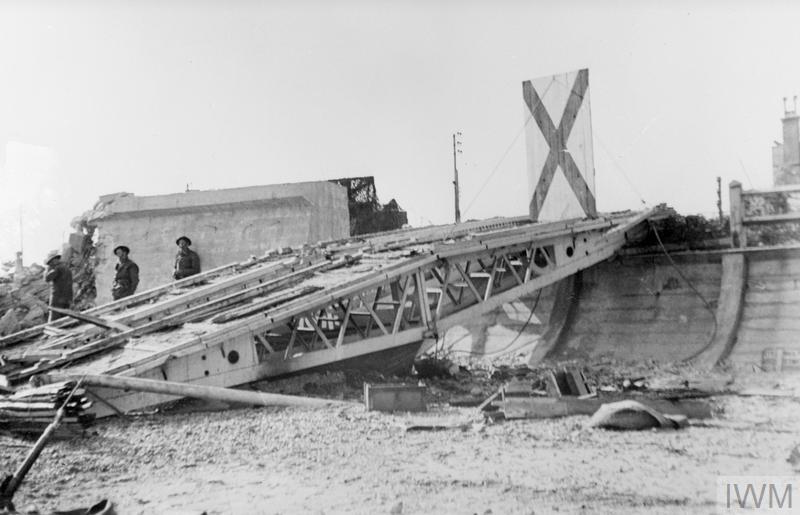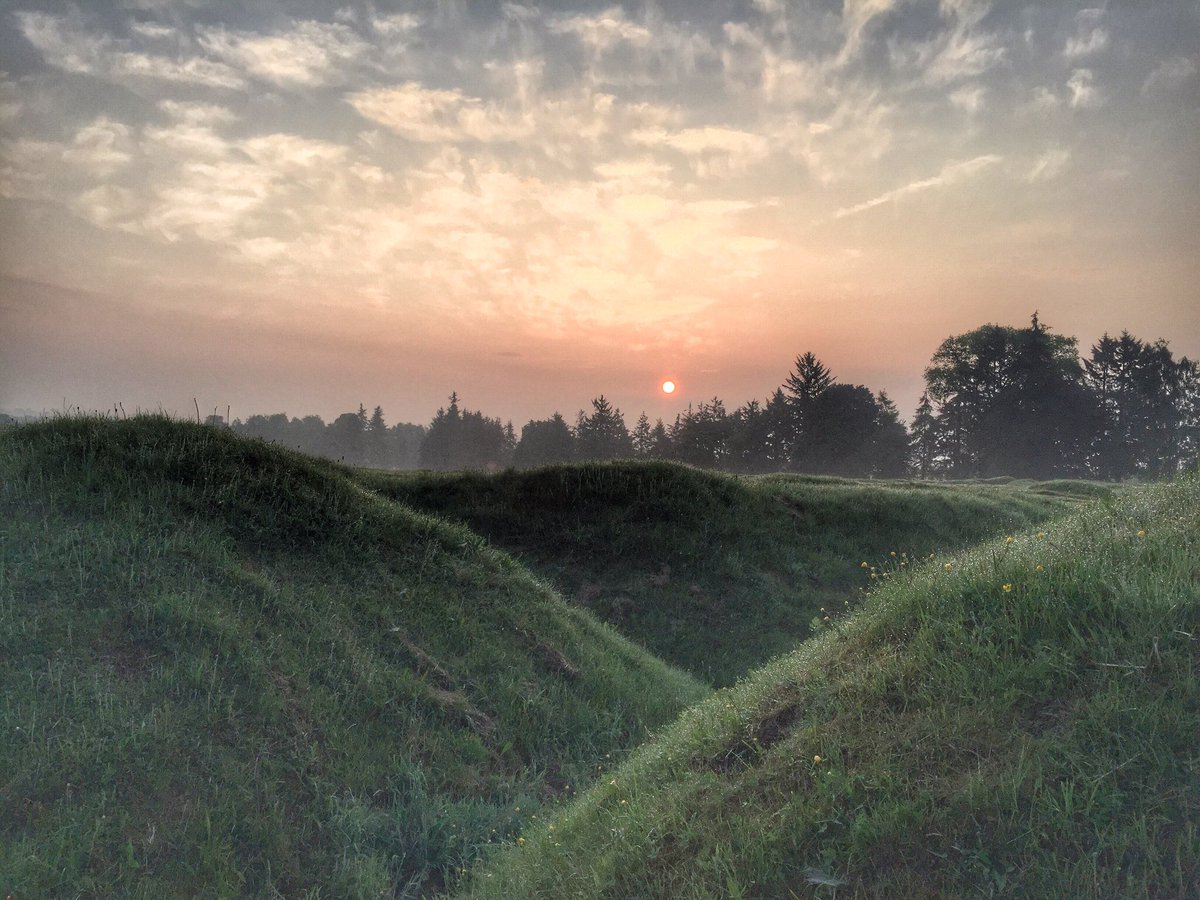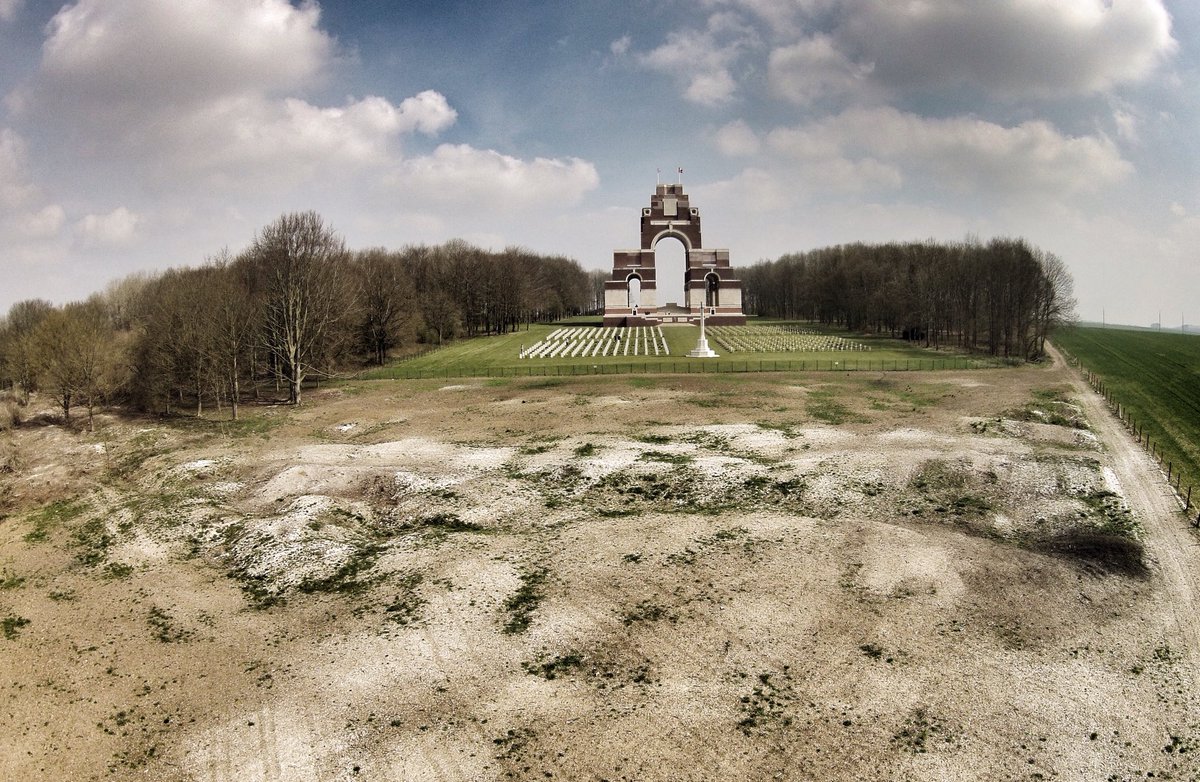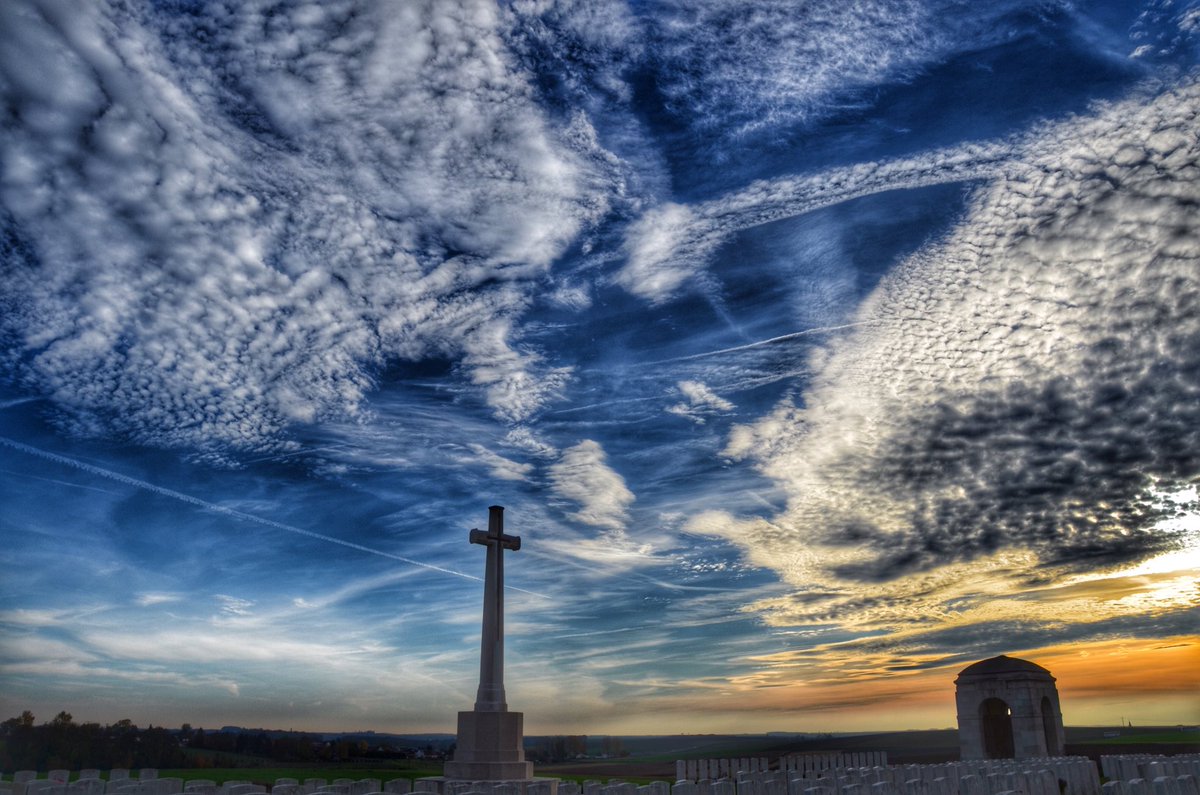
Some days the world seems unrecognisable to us, and so it’s good to retreat in our minds to those places that mean the most, even if we can’t visit yet. For me it will always be the battlefields of the Great War, the #OldFrontLine. 
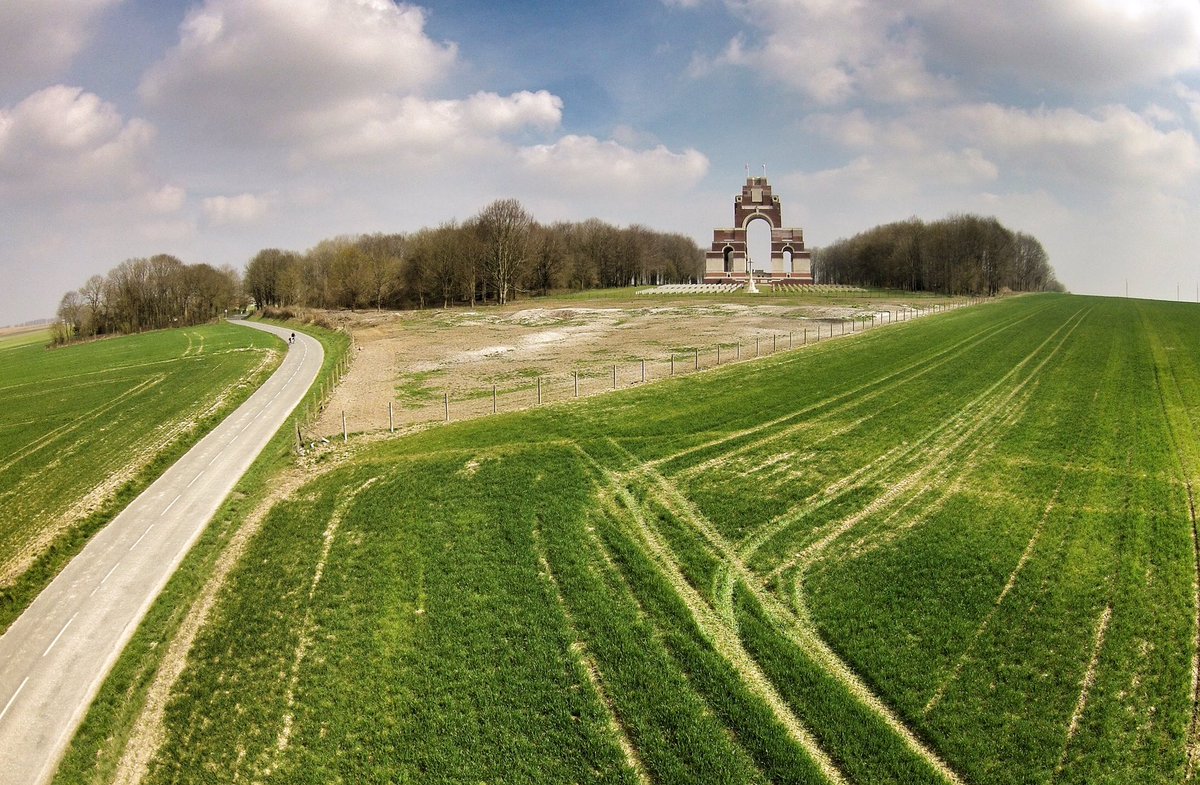
Having spent most of my life walking them, it’s easy for me to close my eyes and be back there again. Something I’m enjoying verbalising each week via the #OldFrontLine podcast. 

We walk the long trackways which criss-cross the fields, fields which hold all our history somehow. Here we commune with those who walk alongside us still, lost to the sight of men but whose voices remain. 

Winter brings new perspectives on the old battlefields, different light, a softer sun and long shadows. And winter’s cruel cold hand changes the world once changed by man, a century ago. And then we find not war, but peace. 

Then the warmth of spring changes it once more and the trees which cover The Old Front Line are alive with birdsong. The ancient sun blinks through, lighting the shattered world we once made. 

But for me it will always be dusk where I find my way again there. The sun may set, but tomorrow it will rise - another day, new dawns, when we walk once more along the paths of our own lives. And each time we are here a little of us remains behind, perhaps just as it should. 

• • •
Missing some Tweet in this thread? You can try to
force a refresh


